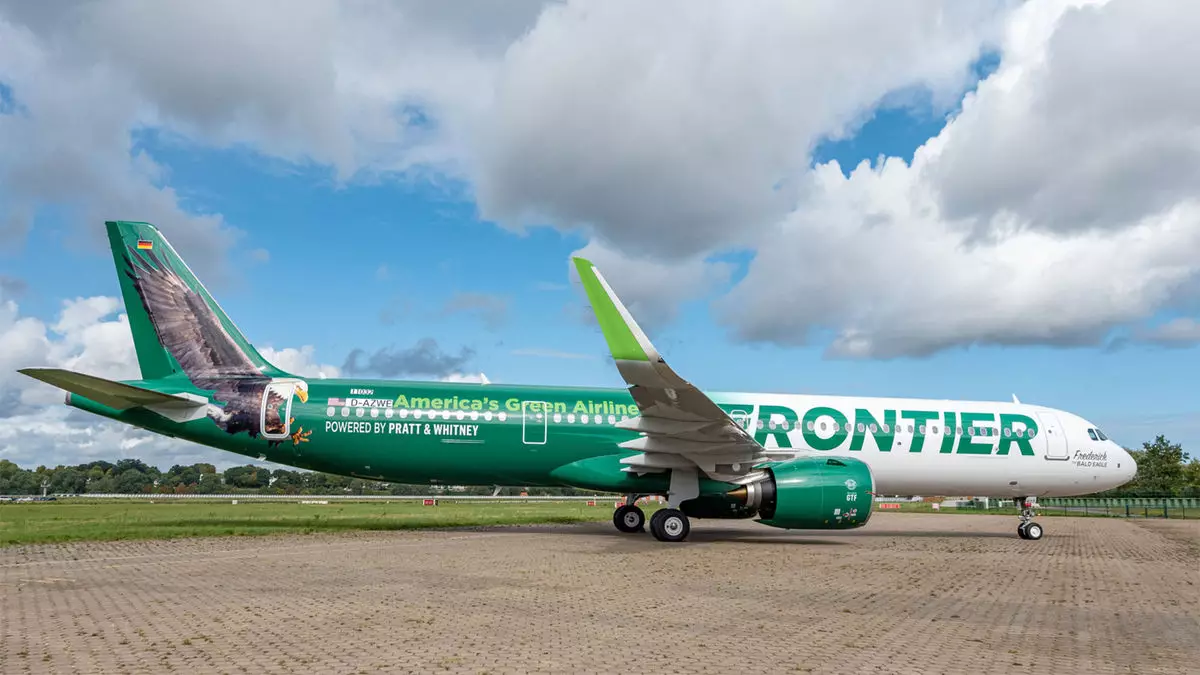Frontier Airlines appears to be on a path to recovery after a challenging period marked by financial instability and changing consumer preferences in the airline industry. The low-cost carrier recently announced a significant turnaround in its fortunes, reporting a net profit of $54 million for the fourth quarter and a total net income of $85 million for the entirety of 2024. This is a stark contrast to the previous year, where the airline faced a net loss of $37 million in Q4 and an overall loss of $11 million in 2023. These latest figures suggest that Frontier’s strategic plans are beginning to yield positive results.
One of the key factors contributing to Frontier’s success has been its strategic pivot from routes saturated with leisure travel options to a focus on markets boasting less competition and greater growth potential. This decision came as part of a broader strategy to enhance the airline’s profitability in an increasingly competitive market. Furthermore, the carrier has actively sought to attract business customers by adjusting its merchandise model, which now emphasizes bundled fares at the forefront of the booking process, effectively shifting away from its traditional no-frills approach.
This operational shift not only aligns with current market demands but also positions Frontier favorably against full-service airlines that have, in recent years, captured a larger share of the consumer travel market. By strategically circumventing crowded leisure routes, Frontier is optimizing its resource allocation, thereby improving its pre-tax operating margin, which stood at 5.1% for the fourth quarter.
The positive financial report has had a significant impact on Frontier’s stock, with shares rising more than 15% upon the announcement, signaling investor confidence in the airline’s ongoing recovery. As Frontier sets ambitious targets for the future, including projected earnings per share of at least $1 for 2025 and aspirations for double-digit pre-tax operating margins during peak summer months, the market appears to endorse its renewed strategic focus.
Additionally, the fourth quarter saw a notable decline in fuel costs—down 23% year-over-year—which provided the airline with a more favorable operational environment.
While the current optimism is palpable, Frontier must remain vigilant. The airline industry is notoriously fickle, and reliance on fare increases that are appreciated across the sector could be tenuous. With consumer preferences rapidly evolving, Frontier must ensure its offerings resonate with both leisure and business travelers to maintain momentum. A balance of affordability and service enhancement will be crucial as the company strives to transition from a low-cost model to one that appeals to a broader market spectrum.
Frontier Airlines has launched itself on a promising trajectory with its recent strategic pivots and financial results. The airline must harness this momentum and navigate its upcoming challenges wisely to ensure sustained growth and resilience in a competitive landscape.

